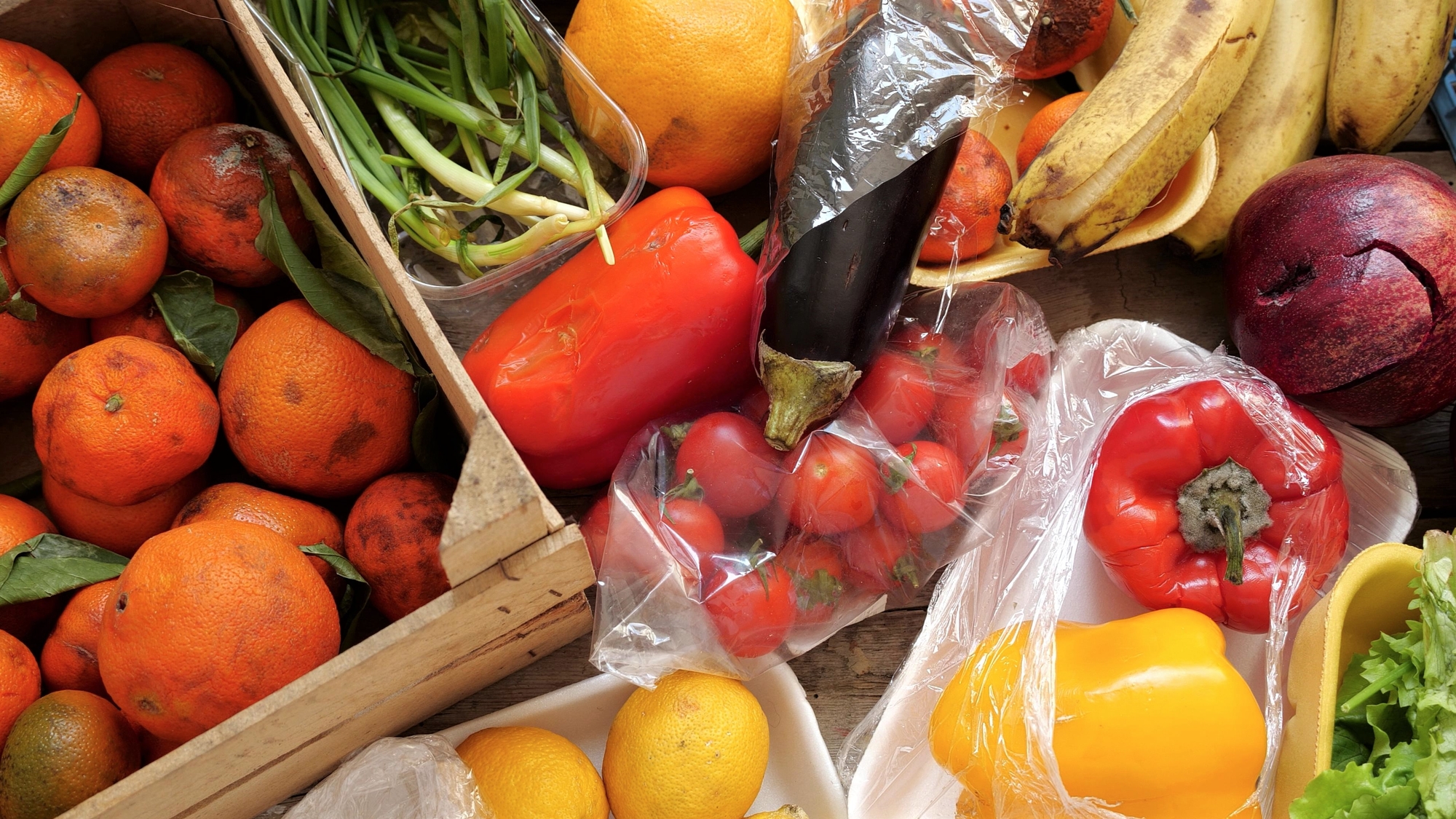Italians they wasted, in 2018, almost 20 kg of food per household per year. The fight against food waste has become an increasingly urgent need, so much so that starting from 2017 the MiPAAF established with Crea an “Observatory on food surpluses, recoveries and waste”, located at the Food and Nutrition Research Center of the Create.
The Observatory has the objective of ensuring technical-scientific support to the MiPAAF, for unambiguous and scientifically based quantification of the phenomenon at national level. This takes place through the collection, processing and updating of data relating to food waste and surpluses at all stages of the supply chain: agricultural and industrial production, trade, catering and consumption. Innovative projects and studies aimed at limiting food waste are also planned.
Food waste households represent a significant percentage, compared to what happens in the entire supply chain. According to the data, presented by Laura Rossi, nutritionist and coordinator of the Observatory and member of the scientific committee of Sinu, the Italian Society of Human Nutrition, in 2021 there was an increase in domestic waste, which reached 420 g/week/family . It emerges that households’ awareness of the negative impact of waste on various areas is quite high. The most felt is the economic impact (70%), much higher than the social one (consequences on the availability of food in the world, (59%) and the environmental one (55%).
Open In provides some simple advice, good practices to be implemented in family and daily life, to avoid waste:
In Italy, food waste reaches almost 20 kg per family per year
1. Plan the weekly menu
Fundamental is the attention to the planning in advance of the weekly menus, which, as shown by the Observatory, involves only 42% of the interviewees. Having sufficient quantities of food at home is a priority in food choices for most families, and, on the other hand, having an excess of stocks is not a prevailing priority.
2. Define the quantities to buy and cook
Only a fifth of those interviewed say they have difficulty cooking new dishes and even fewer are those who do not know how to reuse leftovers or who do not know how to plan the right quantities of food to buy, a virtuous behavior that makes the Italian consumer very attentive to waste.
3. No to impulse buys
Difficulty planning spending leads to impulse and excess purchases. It therefore becomes essential to educate consumers, enabling them to make more informed and healthier food choices, both to promote health and to protect the environment.
4. Always shop after eating and never on an empty stomach
If you haven’t eaten, carried away by the stimulus of hunger, you risk buying unhealthy foods rich in calories and, in any case, in large quantities.
5. Learn to recognize if a food is still good
Very often food is thrown away because the difference between the expiry date and the minimum shelf life (TMC) is not clear. More than a third of Italian consumers do not know that food above the TMC is still consumable, it may lose some of its fragrance, but there are no health problems. By better understanding the expiration terms, it is possible to understand the duration of the goodness of the foods stored in the pantry or in the refrigerator.
6. Reuse of leftovers
Against waste, reusing leftovers is a commonly reported good practice. In Italy, waste is mainly in completely unused or partially used form and, in general, all cooked food is consumed, leading to a generally small percentage of leftovers. We must therefore learn to shop better.
7. Follow the Mediterranean diet and the recommended portions
In Italy, 50.4% of the population does not follow the guidelines for healthy eating. Many people still underestimate the recommended portions of some health protective foods (such as fruit, vegetables, fish and legumes). Only a small part of the sample eats the 5 daily portions of fruit and vegetables, consumes bread/pasta/rice several times a day (20%) and compensates with larger portions of foods with a higher calorie density (such as red meat and/or confectionery products and sugary drinks).
8. Educate the new generations
Setting good examples and good home education about food waste increases adherence to nutritional recommendations. So it’s good practice to teach the little ones not to waste.
© breaking latest news. Photos: Depositphotos, AdobeStock
We are an independent journalist site with no publisher and no conflicts of interest. We have been dealing with food, labels, nutrition, prices, alerts and safety for 13 years. Access to the site is free. This is possible also thanks to the readers who follow and support us every day. Support us too, just a minute.
Donate now
1
June 19, 2023
